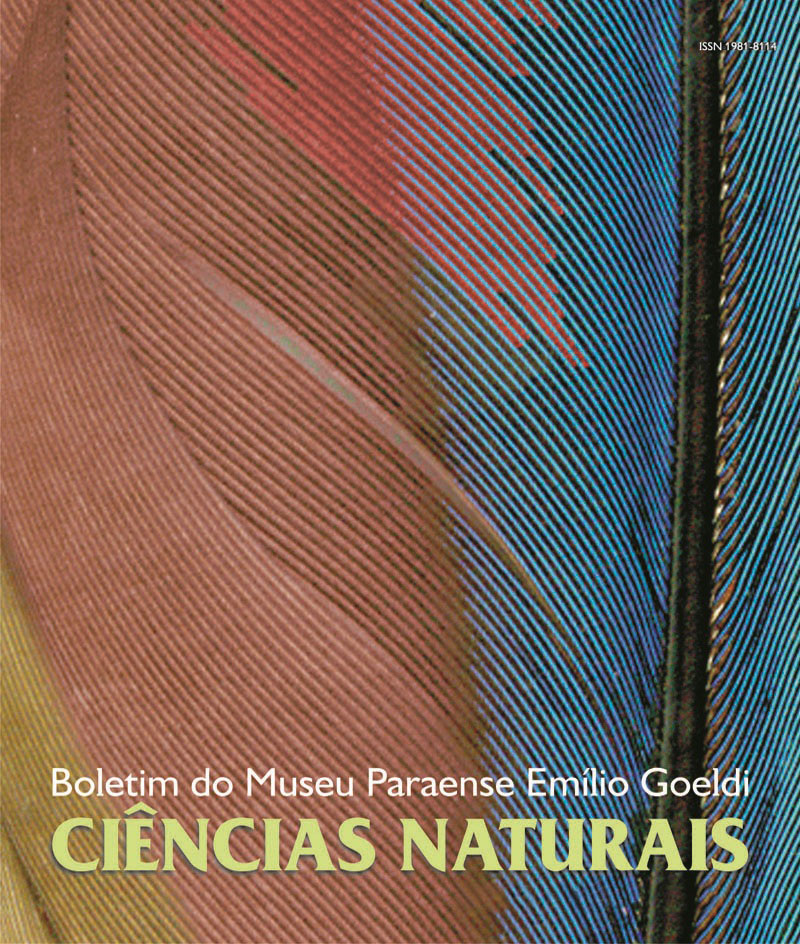Effects of different diets on the molt of Ucides cordatus (LINNAEUS, 1763) (Decapoda: Ocypodidae)
DOI:
https://doi.org/10.46357/bcnaturais.v1i3.734Keywords:
Feeding, Larvae, Microalgae, Ucides cordatusAbstract
Crustacean larvae of certain species are lecithotrophic completing their development without feeding. However, feeding seems to be essential to complete the entire molting process in larvae of Ucides cordatus (LINNAEUS, 1763). In order to verify the necessity of food and the efficiency of different diets on molting between initial zoea stages, five triplicate treatments with live food were employed in laboratory experiments: Thalassiosira weissflogii, Skeletonema costatum, Dunaliella viridis, Artemia sp. and Artemia sp. with Thalassiosira weissflogii (treatments: Tw; Sc, Dv, A e ATw, respectively). In all treatments, success in molting to zoea II stage was accomplished (17%, 18.3%, 27%, 58%, and 80% for Dv, A, Sc, Tw and ATw, respectively). Treatments with microalgae (T. weissflogii, 58 % and Artemia sp. with T. weissflogiiI, 80%) were suitable to supply zoea larvae nutritional requirements showing to be an adequated source of food in this larval stage. On the other hand, D. viridis was not nutritionally adequated for the feed of U. cordatus zoea I and II under the experimental employed conditions.
Downloads
Published
Issue
Section
License
Publication means fully assigning and transferring all copyrights of the manuscript to the journal. The Liability Statement and
Assignment of Copyrights will be enclosed with the notice of acceptance. All the authors must sign the document and return it to the journal.








